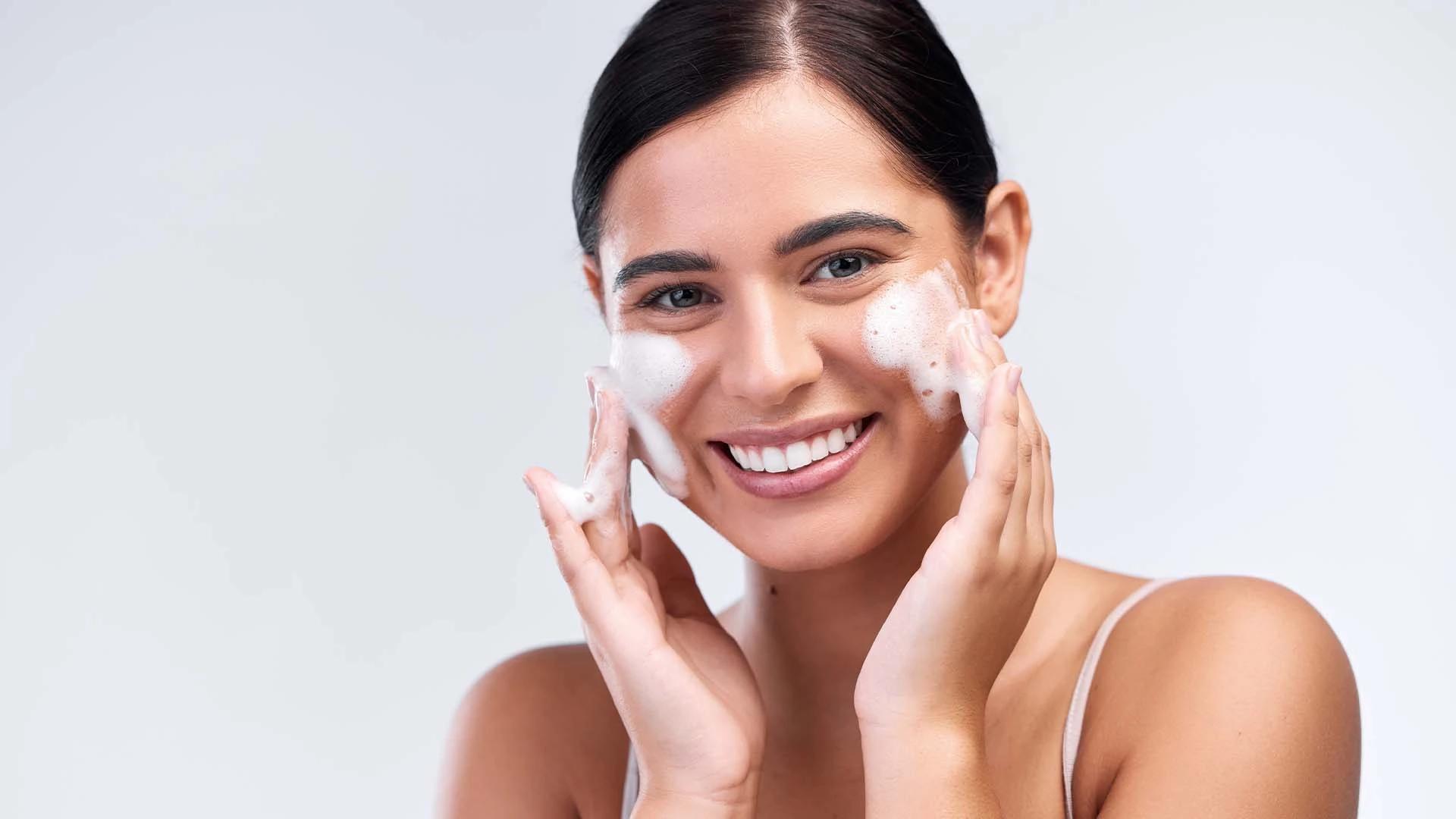Lemon's natural citric acid provides mild exfoliation while honey offers antibacterial and moisturising benefits. Mix equal parts fresh lemon juice and raw honey, apply to affected areas for 15 minutes, then rinse thoroughly. Always use this treatment in the evening and follow with sunscreen the next day, as citrus can increase photosensitivity.
Aloe Vera
Fresh aloe vera gel contains compounds that can help fade dark spots while soothing irritated skin. It's particularly beneficial for post-inflammatory hyperpigmentation from acne. Extract gel directly from aloe leaves and apply to clean skin twice daily. Aloe works well as a base for mixing with other natural ingredients like vitamin E oil or honey.
Frequently Asked Questions
What is the best pigmentation cream recommended by dermatologists?
Dermatologists typically recommend products containing proven ingredients like hydroquinone, tretinoin, kojic acid, or vitamin C. The "best" cream depends on your skin type, pigmentation cause, and sensitivity level. Many dermatologists suggest starting with gentler options like niacinamide or vitamin C before moving to stronger treatments.
How long does it take to see results from pigmentation creams?
Most people notice initial improvements after 4-6 weeks of consistent use. Significant changes typically appear after 12-16 weeks. However, results vary based on pigmentation depth, skin type, and product strength. Deeper, older pigmentation may take longer to fade than surface-level discoloration.
Can pigmentation creams remove dark spots permanently?
While pigmentation creams can significantly fade dark spots, "permanent" removal depends on the underlying cause. Sun damage and age spots often return without proper sun protection. Hormonal pigmentation like melasma may recur with hormonal changes. Consistent use and sun protection are key to maintaining results.
Are prescription pigmentation creams more effective than over-the-counter options?
Prescription treatments typically contain higher concentrations of active ingredients or compounds not available over-the-counter, like hydroquinone above 2% or tretinoin. They're often more effective for stubborn pigmentation but require medical supervision due to potential side effects. Over-the-counter options work well for mild to moderate pigmentation.
How can I prevent pigmentation from recurring after treatment?
Consistent sun protection is the most important preventive measure. Use broad-spectrum SPF 30+ daily, even indoors. Maintain a gentle skincare routine to avoid post-inflammatory hyperpigmentation. Consider incorporating antioxidant serums for ongoing protection. Address hormonal imbalances if relevant, and avoid picking at acne or other skin injuries.
Final Thoughts
Choosing the right pigmentation cream for your face doesn't have to feel overwhelming. Start by identifying your pigmentation type and skin needs, then look for products with proven ingredients at appropriate concentrations. Remember that consistency trumps perfection—a gentler product used religiously will outperform a strong treatment used sporadically. Sun protection remains your non-negotiable daily step, regardless of which treatment you choose. Most importantly, give your chosen product time to work before switching to something else. Your journey to clearer, more even skin is a marathon, not a sprint, but the results are absolutely worth the patience.
